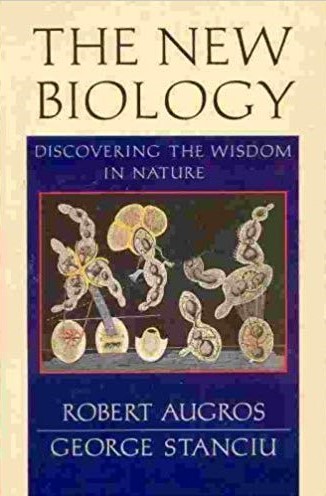|
home | what's new | other sites | contact | about |
||||||
|
Word Gems exploring self-realization, sacred personhood, and full humanity
Augros & Stanciu's George Stanciu, PhD, theoretical physics
return to "Evolution" main-page
Editor's note: The following is from Augros & Stanciu's The New Biology, chapter six, "Origins."
Another unmistakable feature of the fossil record is the remarkable stability of new species once they become established. Stanley reports: “Evolution is not quite what nearly all of us thought it to be a decade or two ago. This evidence comes largely from the record of fossils – a record that until recently was not well scaled against absolute time. The record now reveals that species typically survive for a hundred thousand generations, or even a million or more, without evolving very much… After their origins, most species undergo little evolution before becoming extinct.” This stability is easily seen by comparing fossil species to their living counterparts… Again, these … facts cannot be accounted for by Darwinian theory. Natural selection predicts just the opposite – all species are expected to undergo continual change…
|
||||||
|
|


